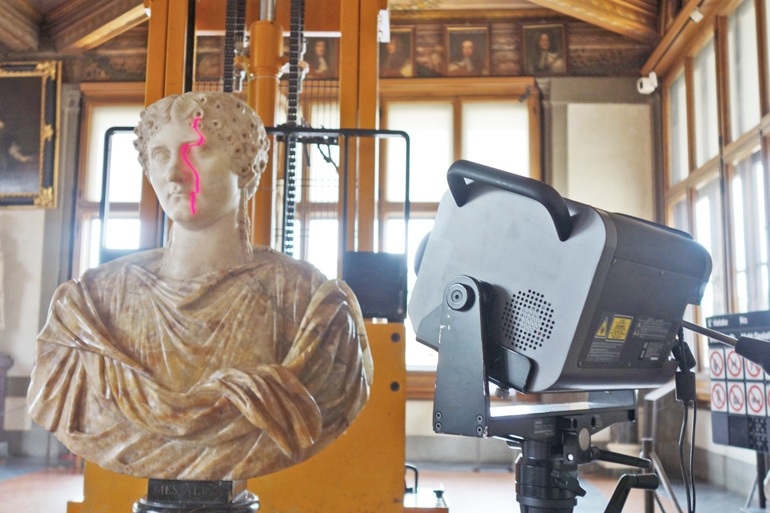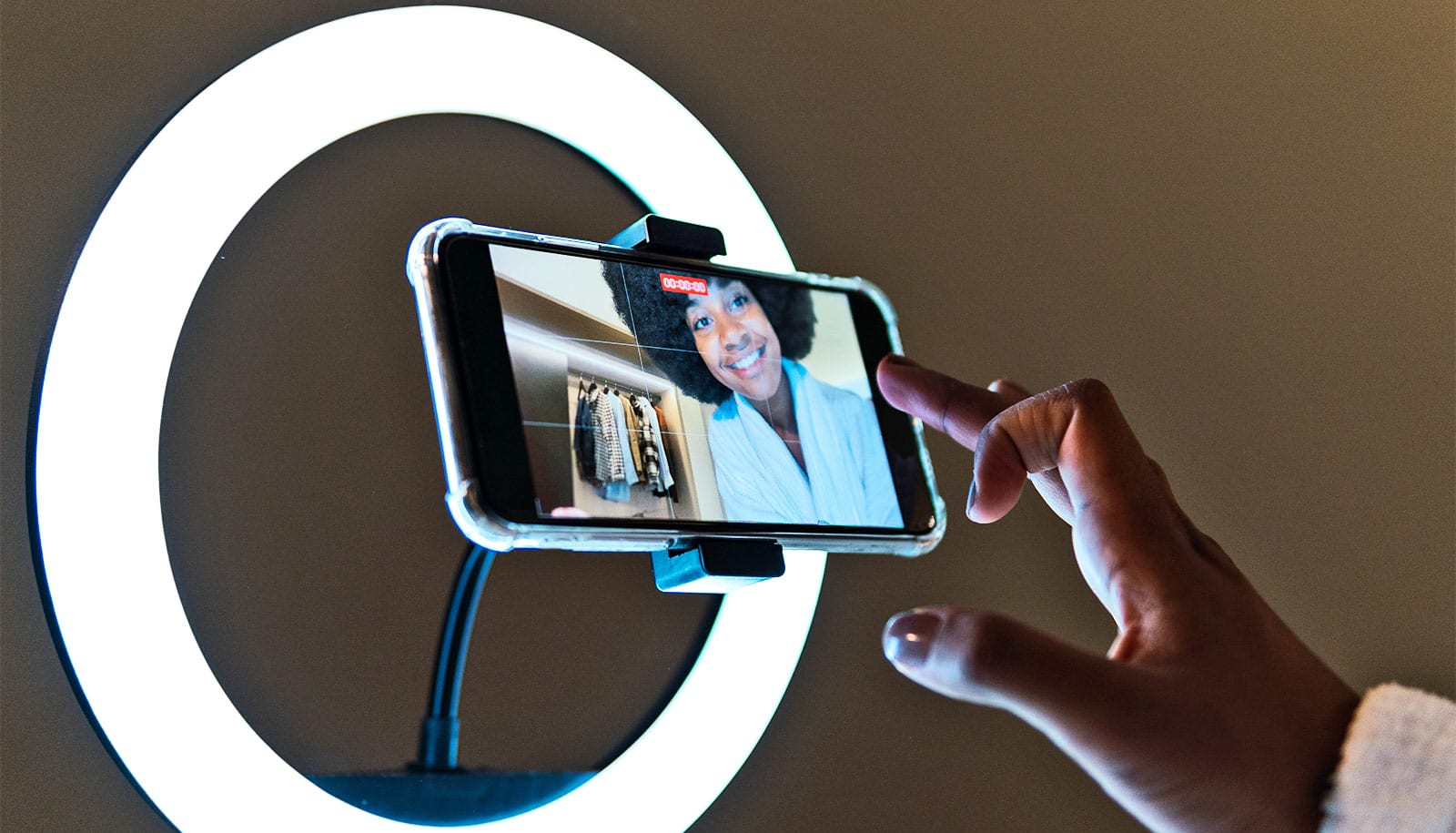You can now see some of the world’s most admired ancient artifacts and sculptures in 3D from home. A new website contains over 300 digitized sculptures and fragments from the collection of the Uffizi Gallery in Florence, Italy.
The Uffizi Gallery, adjacent to the Piazza della Signoria in central Florence, houses some of the world’s finest masterpieces, including works by Botticelli, Caravaggio, da Vinci, Fra Angelico, Michelangelo, Raphael, and Titian.
It is among the most visited museums in Italy, with more than 1.5 million visitors each year.

“… this collection of magnificent, inspiring, and irreplaceable classical antiquities can now be viewed and studied in an entirely new and fascinating way by scholars, museum professionals, students, and the general public,” says Michael A. McRobbie, president of Indiana University, which collaborated with the gallery on the project.
In summer 2018, the university team digitized 61 statues in the Uffizi and in the Villa Corsini, the complex where the Uffizi stores works of ancient art not on display in the galleries.
“We’re about halfway through the project and are on target to finish the job, as foreseen, in 2020,” says team leader Bernard Frischer, professor of informatics and director of the university’s Virtual World Heritage Laboratory. “We have already digitized more works of classical sculpture than has ever been done in a single museum.”
The digitization project includes:
• training informatics and art history students in the techniques of 3D data capture, digital modeling, and interactive online publication;
• creating a limited number of 3D restoration models of works of interest to individual project participants;
• and publishing the 3D models on several online sites, including the Italian Ministry of Culture’s internal conservation database, the Uffizi’s public website, and the Virtual World Heritage Laboratory’s publicly available Digital Sculpture Project.
3D ‘encyclopedia’ shows vertebrates inside and out
The Getty Villa in Malibu, Palazzo Altemps in Rome, and the National Archaeological Museum of Naples have expressed interest in digitization projects with the team, Frischer adds.
A key partner on the project has been the Politecnico di Milano, under the direction of professor Gabriele Guidi. Indiana University’s part of the digitization project receives funding from the Office of the Vice President for Research as part of its New Frontiers in the Arts and Humanities seed funding program. The project is also receiving technological support from University Information Technology Services.
Source: Indiana University



